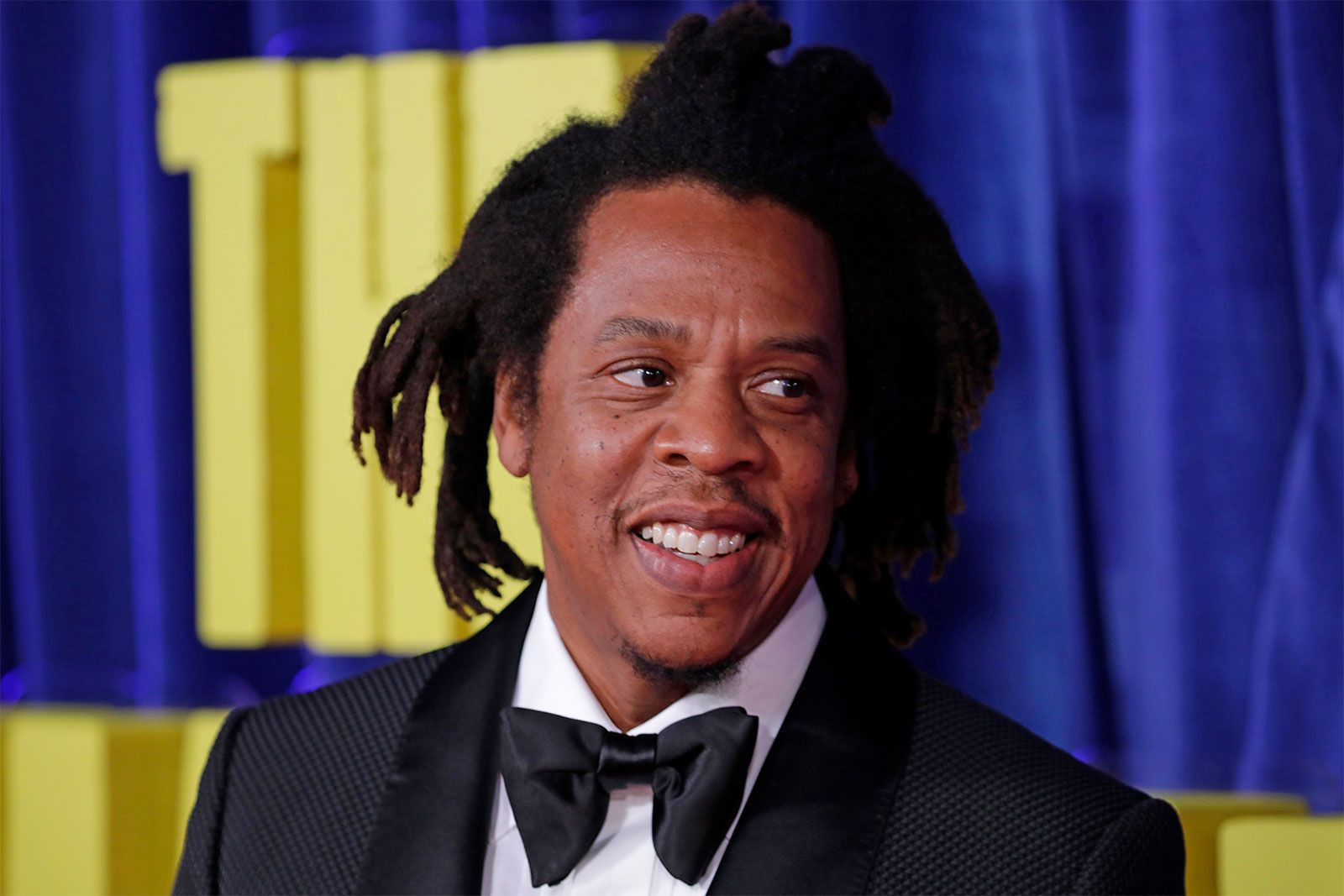Shawn Carter, globally recognized as Jay-Z, is not just a name synonymous with hip-hop royalty but also a testament to the transformative power of place. So, where is Jay-Z from? The answer is deeply embedded in the fabric of Brooklyn, New York. Born on December 4, 1969, Jay-Z’s journey began in the borough of Brooklyn, a location that would significantly shape his life, music, and entrepreneurial spirit. Specifically, he grew up in the Marcy Houses, a public housing complex in the Bedford-Stuyvesant neighborhood. This environment, often characterized by its challenges, became the backdrop for his formative years and the wellspring of his lyrical narratives.
Jay-Z’s upbringing in the Marcy Projects was predominantly guided by his mother. This period of his life provided him with firsthand exposure to the harsh realities of illicit drug dealing, an experience that would later become a recurring theme in his raw and authentic rap lyrics. Even his stage name, Jay-Z, is rumored to have connections to his origins. It’s believed to be a nod to the J and Z subway lines that served the Marcy Projects area, further cementing the importance of his geographical roots in his identity.
 Jay-Z performing on stage, highlighting his commanding presence and connection to his hip-hop roots.
Jay-Z performing on stage, highlighting his commanding presence and connection to his hip-hop roots.
His deep connection to Brooklyn wasn’t just about his early life; it was also the birthplace of his groundbreaking career. In 1996, Jay-Z, alongside Damon Dash and Kareem Burke, took a bold step by co-founding Roc-A-Fella Records. This independent label became the vehicle for launching his debut album, Reasonable Doubt. This pivotal album, rooted in the stories and experiences of his Brooklyn upbringing, resonated deeply with audiences and achieved platinum status in the United States, marking the beginning of his ascent in the music industry.
The success of Reasonable Doubt paved the way for an extraordinary run of albums, consistently released annually until 2003. Among these, Vol. 2… Hard Knock Life (1998) stood out as his first chart-topping album on the Billboard 200. It also garnered him his first Grammy Award for Best Rap Album, solidifying his mainstream success. The Blueprint (2001), featuring the anthem “Izzo (H.O.V.A.),” further cemented his position as a leading voice in hip-hop culture at the turn of the 21st century. Despite a legal setback in the early 2000s, his career momentum remained largely unaffected, showcasing his resilience and the unwavering support of his fanbase. Even his supposed retirement announcement before The Black Album (2003) did little to diminish his popularity, with “99 Problems,” produced by Rick Rubin, becoming a cultural phenomenon.
Beyond his musical achievements rooted in his Brooklyn narrative, Jay-Z’s influence expanded into the executive sphere. In 2004, he took on the presidency of Def Jam Recordings, a significant milestone that positioned him as one of the highest-ranking African American executives in the recording industry. This move demonstrated his business acumen and his ambition to impact the music industry beyond his artistry.
His post-retirement phase was far from quiet. Jay-Z continued to be a prominent figure in music, engaging in collaborations with diverse artists, including Linkin Park, Kanye West, and Beyoncé, who later became his wife in 2008. His entrepreneurial ventures also flourished, encompassing film production, fashion lines, and sports investments, notably his stake in the New Jersey Nets, which he played a key role in relocating to his home borough of Brooklyn, renaming them the Brooklyn Nets. His return to recording in 2006 with Kingdom Come and the subsequent launch of Roc Nation in 2008 as a comprehensive entertainment conglomerate underscored his enduring relevance and business prowess.
Jay-Z’s continued musical dominance was evident in his highly successful tour with Mary J. Blige in 2008 and the release of The Blueprint 3 in 2009. This album spawned hits like “Empire State of Mind,” a love song to New York City featuring Alicia Keys, and “Run This Town” with Kanye West and Rihanna, both earning Grammy Awards. Watch the Throne (2011), his collaborative project with Kanye West, further solidified his critical and commercial success, yielding Grammy-winning tracks like “Otis,” “Niggas in Paris,” and “No Church in the Wild.” During this prolific period, he also released his memoir, Decoded (2010), offering insights into his life and artistry.
Rebranding as Jay Z (dropping the hyphen), he released Magna Carta Holy Grail in 2013, achieving his 13th number-one album on the Billboard 200, despite mixed reviews. He continued to garner Grammy recognition for tracks like “Holy Grail” and “Suit & Tie,” and for his feature on Beyoncé’s “Drunk in Love.” In 2017, reverting to JAY-Z (capitalized and hyphenated), he released the introspective album 4:44, responding to Beyoncé’s Lemonade and addressing themes of infidelity, racism, and politics. His acquisition of the streaming service TIDAL in 2015 further demonstrated his influence in the music industry. That same year, he was inducted into the Songwriters Hall of Fame, followed by an induction into the Rock and Roll Hall of Fame in 2021, cementing his legacy as one of the most important figures in music history.
In conclusion, pinpointing where Jay-Z is from is not merely about geographical coordinates; it’s about understanding the bedrock of his identity and artistry. Brooklyn, and specifically the Marcy Projects, are integral to the Jay-Z narrative. It’s the place that forged his character, fueled his lyrical content, and remained a touchstone throughout his evolution from a Marcy Houses resident to a global icon. His story is a powerful illustration of how one’s origins can profoundly influence their journey to success and shape their lasting impact on the world.
